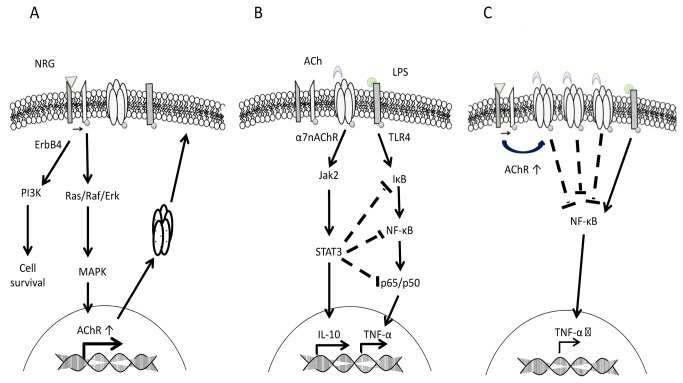Figure 5. Proposed mechanism of NRGs neuroprotective action during inflammation.
Here we propose a model where in NRG amplifies the cholinergic anti-inflammatory pathway mediated by ACh and α7 nAChR during an inflammatory response. In panel A, we describe the possible signaling pathway responsible for the increased expression of α7nAChRs observed in microglia when treated with NRG. NRG signaling through ErbB4 activates Ras/Raf/ERK of the MAPK pathway which leads to cell survival, and in muscle has been shown to activate the N-box response elements associated with the transcription of AChRs. Also of importance to NRGs neuroprotective function is the activation of the p85 subunit of PI3K pathway, its downstream effector PKB/Akt, and Jak/STAT pathways [16,51,52] (not shown); signaling mechanisms also involved in cell survival. In panel B, we describe the well established cholinergic anti-inflammatory pathway [modified from 38]. In response to inflammatory mediators, activation of the α7nAChR by its ligand ACh inhibits the synthesis of TNF-α by preventing the nuclear translocation of the p65 subunit of NF-κB. In addition, the activation of Jak2/STAT3 supports the synthesis of anti-inflammatory cytokine IL-10 and further attenuates TNF-α production by STAT3 action on IκK, NF-κB and p65. In panel C, we propose that in LPS-challenged microglia NRG acting in concert with ACh leads to increased reduction of TNF-α by inducing increased expression of α7nAChR and as such amplifying the cholinergic anti-inflammatory pathway by providing more receptors for ligand binding.

